Learning to Live with the Wolf
The European Commission is huffing and puffing in the wrong direction when it comes to wolves.
A dark silhouette picks up pace across the rolling fields of the Jarama Valley countryside. Unaware of its presence, a herd of goats continues to graze along the grassy periphery of the field, their bells jangling. Sofia, a mastiff, goes into alert mode, pricking her ears and peeling herself away from the herd slightly. She fixes her gaze on the predator. Only she and Abraham Losada, the farmer, have clocked the Iberian wolf.
Losada, 35, lowers his phone after showing me the video and I’m transported back to his farmyard on the outskirts of Torrelaguna, a town about 45 minutes north of Madrid by car, where he keeps his livestock over the winter.
Because of these attacks, I’ve changed the way I manage my livestock.
Abraham Losada, farmer.
Like many other farmers in the region, Losada believes that the wolf is expanding from the north into the areas where he grazes his livestock. Unlike many other farmers in the region, he is not calling for the power to shoot them. He considers the wolf to be a natural ally that preys on wild boar and deer, which can spread diseases to his goats. His gripe mainly lies with the way that the regional Community of Madrid government manages financial support for farmers affected by the wolf.
“I’m not against the wolf, I’m in favor of the wolf,” he told REVOLVE during an interview in early 2024. “But we must be provided with the resources so we can have a real coexistence with it.” Losada finds himself in bureaucratic limbo. The municipality where he is based is not, as of 2024, officially recognized as having the presence of wolves, despite several confirmed sightings — wolves do not respect political boundaries.
This makes it trickier for him to claim damages for wolf attacks on his herd and exempts him from funding for preventative measures like electric fences and the upkeep of his mastiffs. Farmers in a municipality just 10 kilometers north as the crow flies — or as the wolf walks — do get financial help for such preventative measures. As a result, Losada has found himself paying out of pocket to adapt to the return of this natural predator.
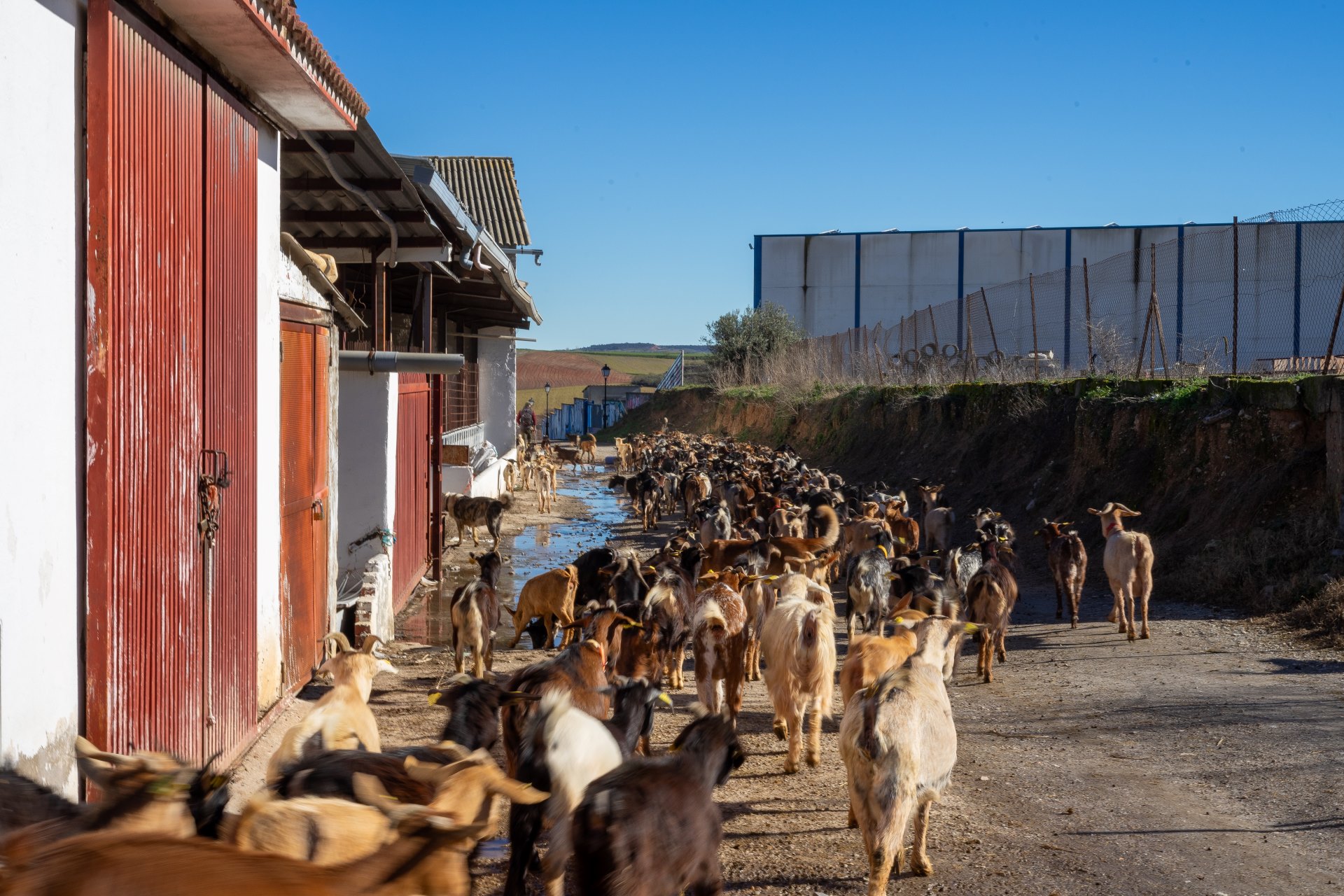
“I’ve had three or four attacks, and it has always been when the herd was alone. Because of these attacks, I’ve changed the way I manage my livestock,” he said, leaning on the door of his barn. Inside the barn, his co-worker fetched goats out from their corral to milk them. Excitable young kids spung and clambered around their guard dogs, large and slightly intimidating mastiffs that keep one eye on the livestock and one eye on us. Sofia was among them, off duty this time.
These hefty creatures, which can weigh up to 100 kilograms, are Losada’s first line of defense against the wolf. The dogs are raised as puppies with the herd, he explained, and carry an innate instinct to protect the livestock.
How many wolves are there in Europe?
Having once roamed across much of Europe, the wolf was banished to the realm of folklore in many regions due to decades of unregulated and targeted persecution. But the animal has made a remarkable recovery since the 1970s, thanks to conservation efforts in combination with shifting socioeconomic trends in rural areas such as depopulation and the decline of traditional agriculture. The return of this keystone species brings many benefits, including the restoration of natural ecosystems and financial opportunities for rural communities from tourism.
A European Union analysis of the status of the wolf estimated that wolf numbers in EU member states jumped from around 11,193 in 2012 to around 20,300 in 2023. These are split into fragmented sub-populations, often with limited overlap. The Iberian wolf, found in Spain and Portugal, is one of the most isolated of these sub-populations, leaving it highly exposed to genetic decline and inbreeding.
In Spain, the Iberian wolf was beaten back by humans throughout the 1900s but has rebounded since the 1970s to an estimated 300 packs as of the last two official national censuses in 1990 and 2014. There is no official census on the number of individual wolves in Spain, but 300 packs would suggest somewhere in the region of 1,200 – 2,100 wolves if we are to consider the average number per pack to be between four and seven, as estimated in by Dr. Andrés Ordiz, Daniela Canestrari and Jorge Echegaray in their 2022 paper, Wolf Conservation in Spain, An Open Debate.
The lower range of this estimate is less than half of some other figures, including those offered government bodies, the EU analysis and the Large Carnivore Initiative for Europe. With the wolf being such a contentious issue in Spain, especially for farmers, it can be hard to cut through the noise in the media with potentially overinflated estimates.
In an email, Ordiz, from the University of Leon, told REVOLVE it was important to remember that Iberian wolves only occupy less than a third of their former range, and that the “the Iberian population is not mimicking the recovery shown by the species in central Europe (Germany and surrounding countries).”
Most of Spain’s wolves can be found in the northwest, around the regions of Galicia, Castille and Leon, and Asturias. They have been protected in Spain since the Bern Convention in 1986 and the Habitats Directive in 1992 but were legally hunted and culled in a number of regions both north and south of the Duero River until the government issued a nationwide ban in 2021 at the request of the Association for the Conservation and Study of the Iberian Wolf (ASCEL). According to the latest EU evaluation carried out between 2013-18, the Iberian wolf’s conservation status in Spain was “unfavorable.”
The wolves of Madrid
It is, then, equally hard to put a number on the number of wolves in the Madrid region. The last official census in 2014 found one pack although as of 2024, the regional government says there are five, with an estimated head count of 35. Either way, scientists cast doubt on the latter, claiming the number to be inflated, while many farmers cast doubt on the former, believing the reality to be much higher.
Farming unions such as the UGAMA have also reported wolf attacks on livestock further and further south in the region and claim that they are encroaching on towns and villages. This emphasis on proximity to human settlements could be construed as fearmongering, given that no fatal wolf attack has been recorded on humans in the last 40 years in Europe.
These unions have used these attacks to call for more power to control what UGAMA has described as an ‘overprotected’ species. UGAMA has also accused the regional government’s agricultural department of leaving farmers to deal with the substantial “material and psychological” damage caused by wolf attacks on livestock.
The wolf is a natural phenomenon. Farmers must adapt to it the same way they do with droughts and floods.
Jorge Soto, Vice President of the Spanish Association for the Conservation and Study of the Iberian Wolf (ASCEL)
Jorge Soto, vice president of the ASCEL, countered this opinion in a phone call with REVOLVE. “We have to remember that in the region of Madrid there are something like 200,000 heads of livestock in extensive systems – sheep, goats and cows. I think that annually, the number of livestock deaths attributed to wolves is around 300. So, to claim that the wolf is destroying livestock, well it’s a ridiculous percentage, something like 0.1%”
At an EU level, the percentages are similarly small. Of the 60 million sheep in the EU, just 0.065% fall prey to wolves each year. This does not mean that wolf attacks are not felt acutely by rural communities in areas where they are prevalent. Just like in Spain, large European farming lobbies such as Copa Cogeca, are calling on for the protection status of the wolf to be lowered. They have the ear of the European Commission’s chief, Ursula von der Leyen.
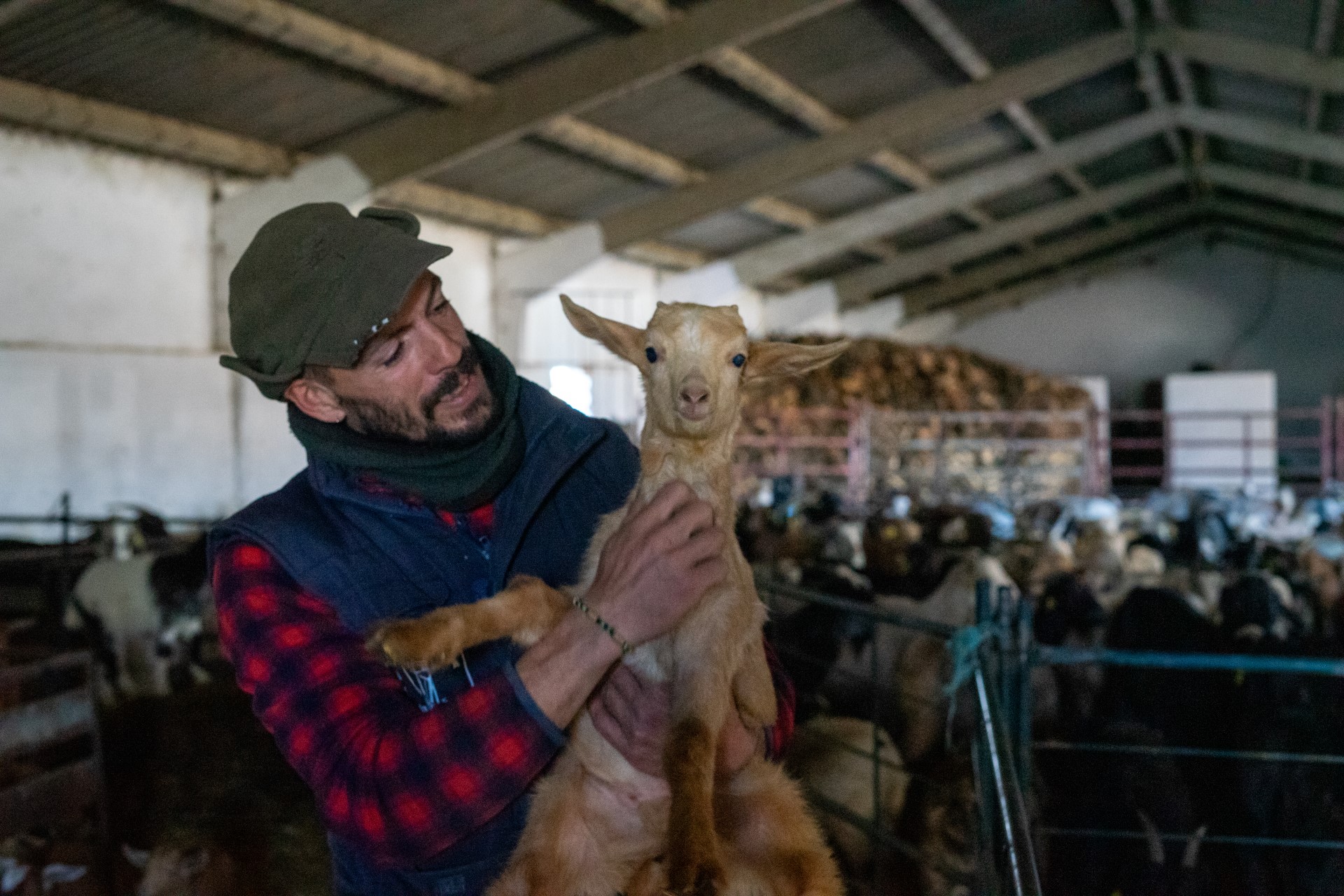
Wolf in crosshairs
In 2023, the European Commission proposed that the protection status of the wolf be lowered across Europe from “strictly protected” to “protected” in a move that has been lauded by hunting and farming organizations but lambasted by environmentalists. Von der Leyen, whose pony Dolly was killed by a wolf in 2022, has been closely involved in the process that would effectively make it easier for member states to deploy lethal population control methods against wolves.
Some Context
Wolves are already listed as “protected” rather than “strictly protected” in some EU countries and regions, and there are derogations in place for individual countries to stray from the Bern Convention and EU Habitat Directive, which govern wolf conservation status. A notable serial user of these derogations is Sweden, which in 2023 killed 16% of its population of roughly 460 wolves and in 2024 issued 486 hunting licenses to kill brown bears, equating to roughly 20% of the population. A Commission inquiry into Sweden’s wolf culls opened in 2010 has yet to conclude.
In a 4 September 2023 press release, the Commission called on local communities and scientists to submit data that would help it make decisions with regards to protection status proposals. But an accompanying quote from von der Leyen opened the door to accusations that, for her executive, this was little more than a formality and that the conclusion was foregone.
“The concentration of wolf packs in some European regions has become a real danger for livestock and potentially also for humans,” she said. “I urge local and national authorities to take action where necessary. Indeed, current EU legislation already enables them to do so.”
The best way to reduce livestock losses due to wolf attacks is to apply effective and adapted measures to prevent wolf depredation.
The situation of the wolf (canis lupus) in the European Union: an in-depth analysis
This prompted a hail of criticism from environmentalist groups, who said that the language of the press release was misleading and that the process of using anecdotal evidence collected in a period of three weeks to guide decisions that could lead to the killing of wildlife failed to comply with regulations. The European Ombudsman launched an inquiry into the press release in November 2024. Ordiz, Canestrari and Jorge Echegaray put it succinctly in their 2024 paper Large carnivore management at odds: Science or prejudice?: “Requiring published studies to back up rising protection levels, while relying on polls run over the Internet to eventually reduce them (…) leaves biodiversity conservation at a crossroads.”
The Commission’s decision to turn to lethal measures over preventative ones without scientific underpinning also contradicted many of the findings of the in-depth analysis of the wolf in Europe that it specifically commissioned for the measure, which stated that: “the best way to reduce livestock losses due to wolf attacks is to apply effective and adapted measures to prevent wolf depredation.”
More wolves do not equate to more attacks on livestock, Soto, from ASCEL, told REVOLVE. “You might have an area with very few wolves, but if there is inadequate management of the flock, then there will be depredation. In another area where you have a lot of wolves, but farmers use more professional kinds of herding with guard dogs, electric fences, and bringing livestock in at night, then there will be less,” he said.
“The wolf is a natural phenomenon. Farmers must adapt to it the same way they do with droughts and floods.”
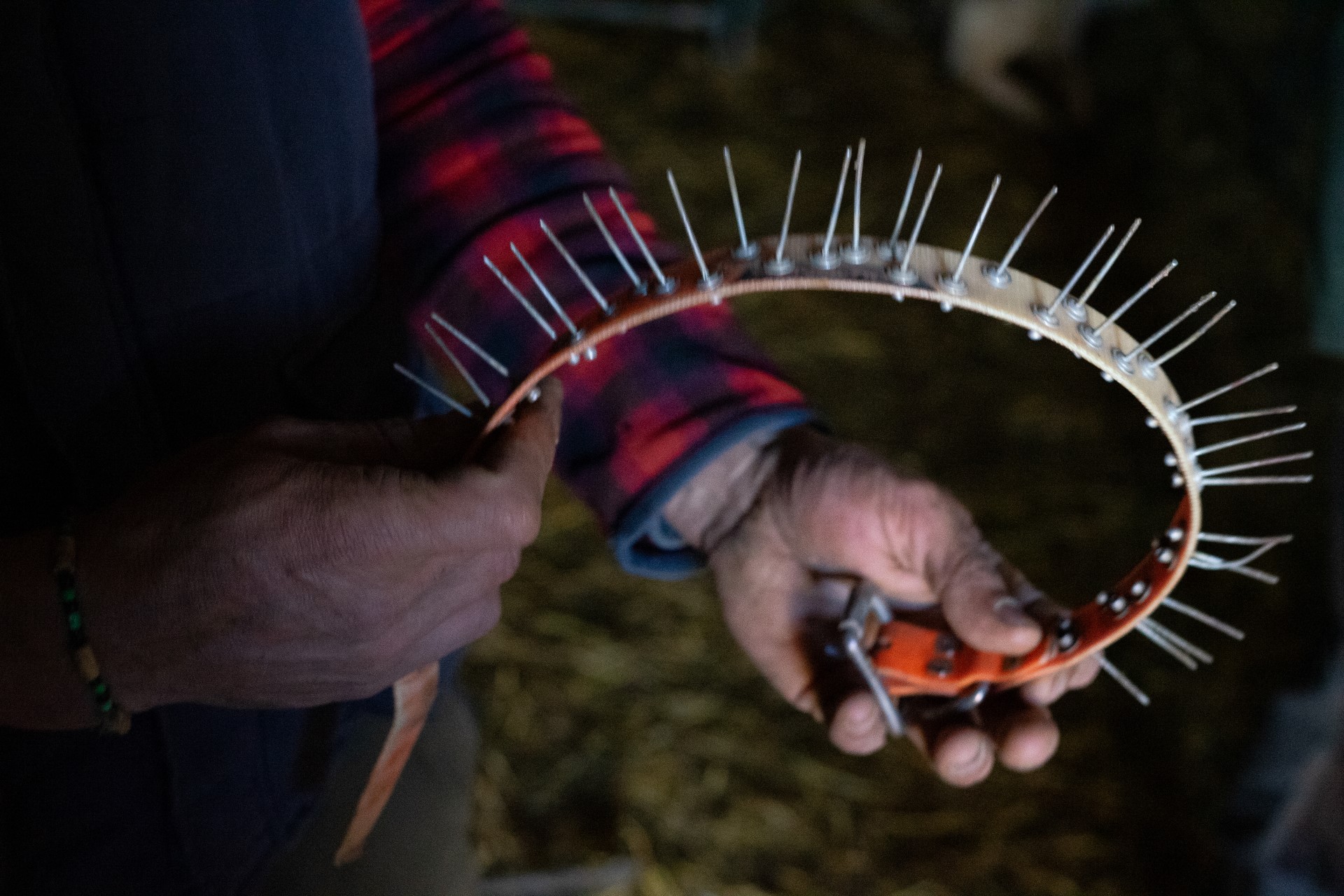
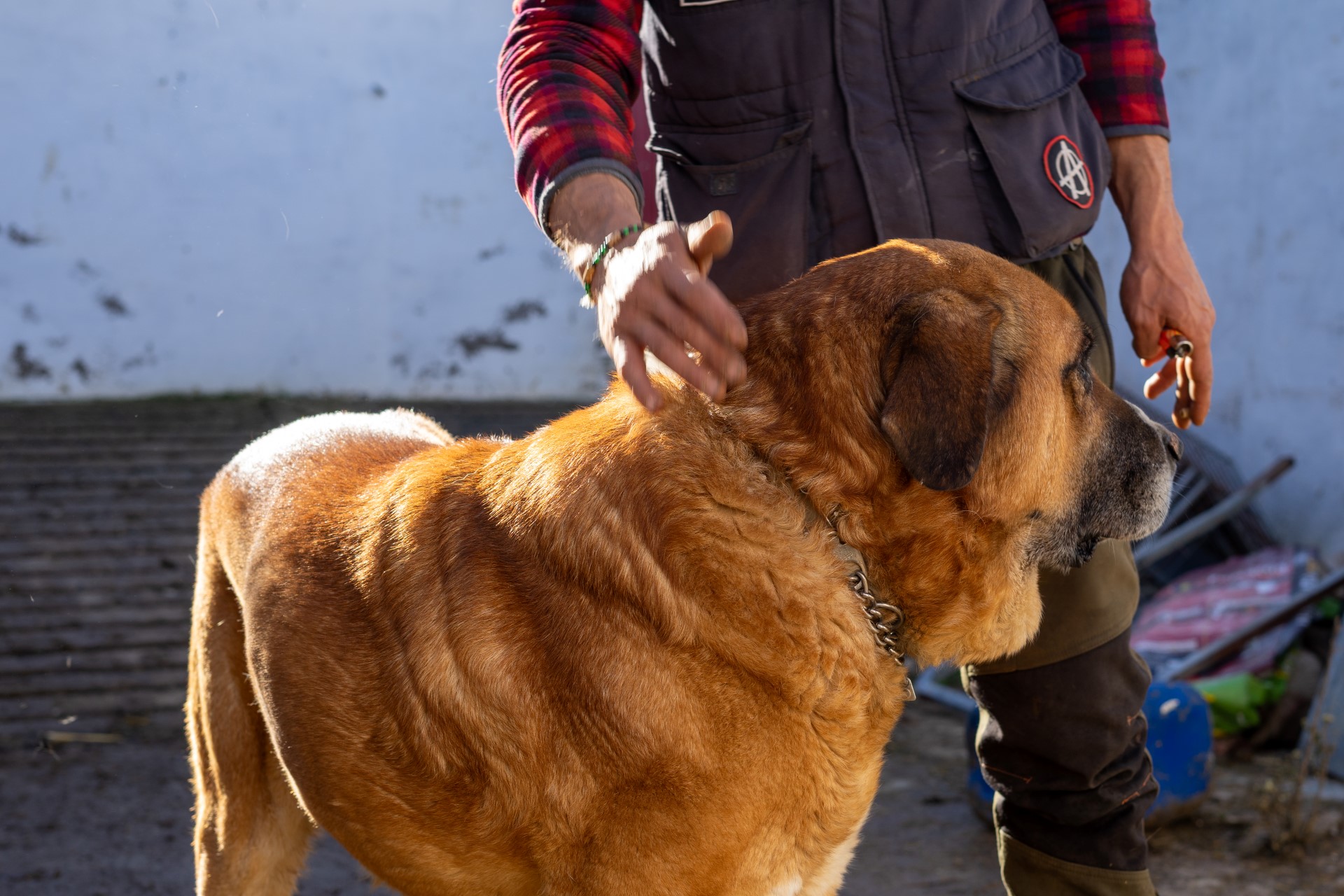
Finding coexistence
Back in Torrelaguna, Losada, the farmer, grazed his goats on a hillside near his farmyard under a calm, blue sky typical of Madrid winters. The air was punctuated by the relentless clanging of bells and his occasional shouting of orders at an unruly young collie. His dutiful mastiffs mingled with the flock. Losada’s story is shared by many farmers across Europe, it is one of having to readapt to the wolf, often by turning to traditional farming practices that fell by the wayside in the predator’s absence.
Losada said he is much less inclined to leave his herd alone for extended periods of time when out grazing, meaning that so far in 2024 he has had just one suspected wolf attack. It is evident, too, that his mastiffs are playing an increasingly key role in protecting his goats. But for him, the wolf represents another cost on top of what feels like a growing list of outgoings that threatens his way of life.
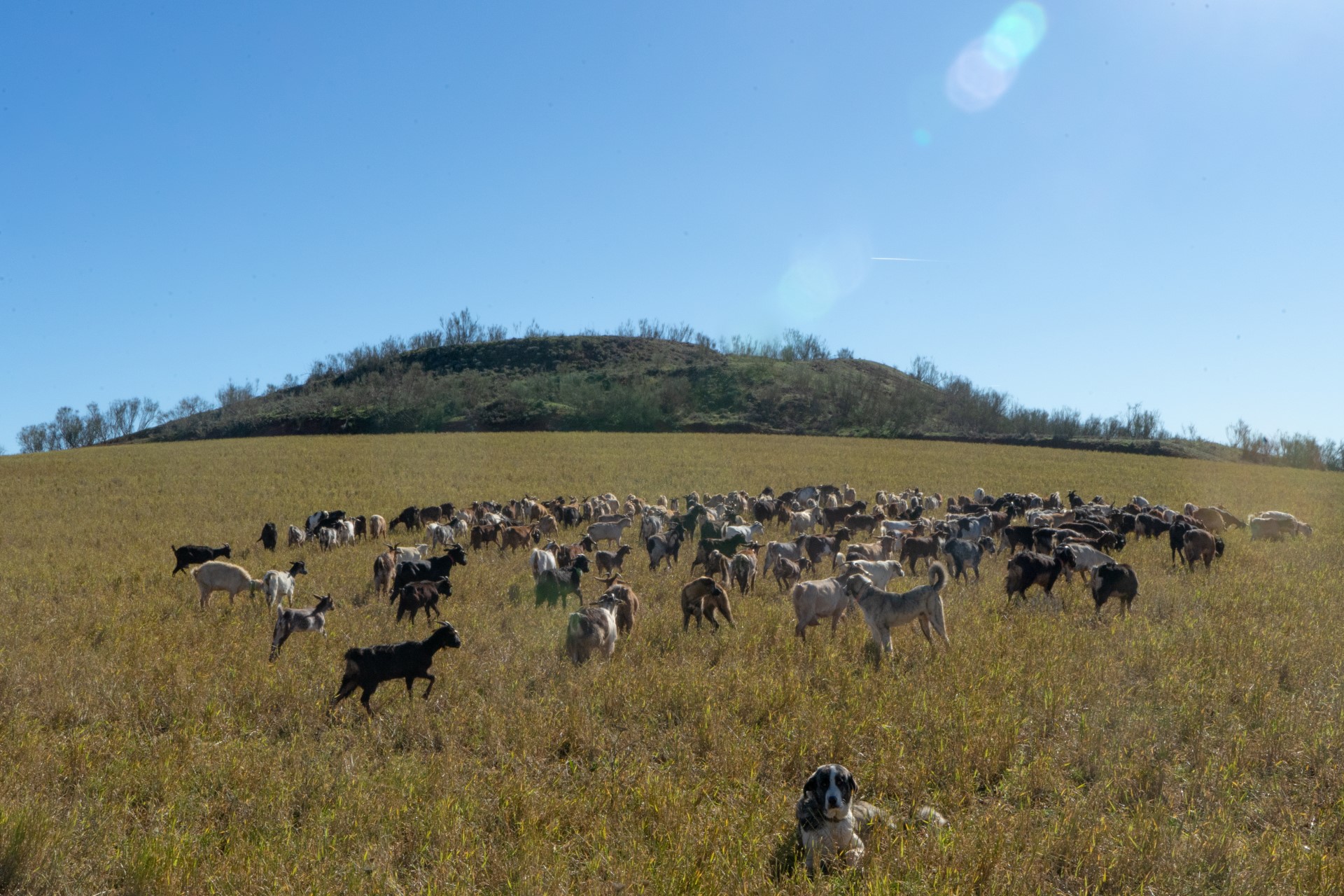
“I’ve already said that I am in no way against the wolf, but they need to help us or else it’s an uphill struggle. In fact, the wolf is almost the least of my concerns,” he told REVOLVE, reeling off other costs like insurance, taxes, and the bureaucratic hurdles he faces in order to run his small-scale operation. “It leads us to ruin,” he said.
While Losada is ready and willing to adapt his farming practices to the return of Europe’s largest wild canid, the political infrastructure that could help him do so is lagging. In a follow up conversation, Losada told REVOLVE that his municipality is due to be included on the official list of areas with wolf presence when the regional government updates its data in 2025. Until then, though, he will have to shoulder the financial burden of costs associated with the wolf by himself.